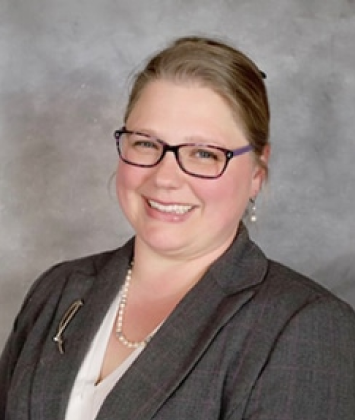When you file a trademark application with the United States Patent and Trademark Office (USPTO), it is crucial to understand that there are two registers upon which your trademark can appear. Under the Lanham Act, a trademark may be registered on the principal register or the supplemental register.
Critically, there are several significant benefits to registering on the principal register, which is generally the preferred option for trademark owners. But it’s essential to be aware that the supplemental register can provide an owner with protection before their mark has acquired the distinctiveness necessary to register on the principal register.
What is the Principal Trademark Register?
The principal register is reserved for trademarks that are unique and distinctive. Once your mark is on this register, you are legally presumed to be the trademark owner in all 50 states. If litigation is commenced regarding ownership of the mark, the other party would be required to rebut that presumption. In other words, the principal register offers the strongest protections for a trademark owner.
Specifically, when a trademark is registered on the principal register:
- A distinctive trademark can be protected
- An application can initially be filed on an intent-to-use basis
- It provides constructive notice of ownership to potential infringers
- There is a presumption of validity
- A Madrid Protocol application can be based on the registered trademark
Additionally, a trademark filed on the principal register can become incontestable after five years following the filing of a Section 15 declaration. This provides the trademark holder with greater credibility in court in the event that ownership of the mark is disputed. In such cases, a mark would be considered valid unless it is generic, has been abandoned, misrepresents the source of the goods or services, or the mark was procured by fraud.
What is the Supplemental Trademark Register?
The supplemental register is an alternative to the principal register. It offers a number of protections when registration on the principal register is not available. Importantly, if a trademark has not yet acquired “distinctiveness,” it can still be shielded from wrongdoers on the supplemental trademark register. The more descriptive a trademark is, the more likely it will be registered on the supplemental register, as opposed to the principal register.
Unlike a mark on the principal register, a Madrid Protocol application cannot be based on a supplemental register trademark. There is also no “intent-to-use” filing basis for supplemental applications — the mark must have been used in commerce.
Although the protections aren’t as strong and there is no legal presumption of federal ownership on the supplemental register, you are still entitled to use the circled “R” registered trademark symbol to indicate the status of your mark. Notably, the USPTO will deny any applications for identical or similar marks.
How Does a Trademark Get on the Supplemental Register?
If no register is specified on a trademark application, the USPTO will presume that registration is sought on the principal register. A mark that is registrable on the principal register cannot be registered on the supplemental register. However, if an application is filed requesting the mark appear on the principal register, and the examining attorney finds it does not qualify, an office action may be issued. In such cases, the examiner may provide the option to amend the application to register the trademark on the supplemental register.
A good example of a mark that would appear on the supplemental register is a product name that uses a phrase describing the physical qualities of the goods. If the mark can transcend the issue of being “merely descriptive” and ultimately become sufficiently distinctive, this secondary register may be a viable option to secure protective rights. In addition, the USPTO recognizes that over time, a trademark on the supplemental register may become an indicator of source.
Should a mark on the supplemental register acquire “distinctiveness” over a five-year period of continued use, it may be registrable on the principal register. Evidence of notoriety, extensive marketing campaigns, and consumer declarations concerning brand association are a few ways in which a mark can acquire distinctiveness or gain a secondary meaning in the market. SIgnificantly, a trademark cannot simply shift from one register to the other — an entirely new trademark application will need to be filed seeking registration on the principal register.
Contact an Experienced Trademark Attorney
There are many nuances involved with registering a trademark with the USPTO. It’s best to have a knowledgeable trademark attorney on your side who can help you navigate the process. Located in Ann Arbor, Michigan and serving clients nationwide, the Trademark Lawyer Law Firm, PLLC assists business owners and entrepreneurs with all aspects of the trademark registration and application process. Contact us today to schedule a complimentary 15-minute consultation to learn how we can help.





